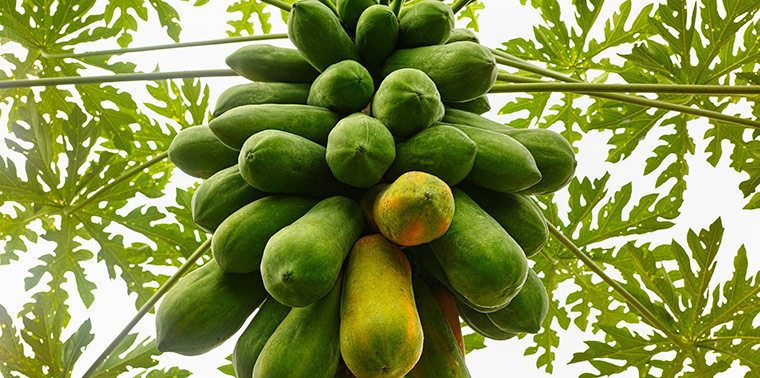June 8, 2016 — Wild cousins aren’t always appreciated at family gatherings. But when it comes to crops, the opposite is often true: Plant breeding has historically relied on genes from plants growing in the wild as a source of diversity that can be introduced into crop plants to produce new crop varieties that are more resilient, nutritious and productive than those currently cultivated. As human populations increase and shift away from traditional diets, demand for food is expected to increase dramatically — and genes from wild relatives could play a huge role in ensuring we have the raw materials we need to sustainably intensify crop production for future global food security. But will they be available?
Crop relatives that grow in the wild are in danger of disappearing, threatened by habitat destruction, invasive species competition, climate change and pollution. Adaptive plant research and breeding initiatives assume wild relatives’ genetic material will be conserved and accessible in gene banks. Unfortunately, according to a recent study published in Nature Plants, the diversity of crop wild relatives is poorly represented in these gene banks, and it’s now time to collect genetic material to fill the gaps. To better target what and where to collect, an international group of scientists collaborated on a model to quantify the diversity of crop wild relatives available in gene banks and set global conservation priorities for wild genetic material.
The Nature Plants study analyzed 81 crops — ranging from apricots to zucchini — selected for their importance to food security, income generation and sustainable agricultural production. Using information collected from biodiversity, herbarium and gene bank databases, the researchers created a map depicting the geographic distribution of 1,076 wild plant groups related to the selected crops. They then compared the potential geographic and ecological diversity described by this model to the actual diversity currently accessible in gene banks, demonstrating that crop wild relatives are underrepresented.
To address conservation strategies, researchers developed a final priority score, ranking wild relatives on a scale from 0 to 10 based on the need for further collection of genetic material. Over 70 percent of the crops analyzed were ranked as high priority for further collection of wild relatives, and over 95 percent were rated as insufficiently represented. Researchers also noted geographic “hot spots” where particularly rich concentrations of high-priority wild relatives grow.
Entities such as the Food and Agriculture Organization of the United Nations and the Convention on Biological Diversity have already begun to address wild crop relative conservation gaps. Informed by this study, global organizations can boost the efficiency and effectiveness of initiatives to collect and conserve at-risk populations. ![]()
Ensia shares solutions-focused stories free of charge through our online magazine and partner media. That means audiences around the world have ready access to stories that can — and do — help them shape a better future. If you value our work, please show your support today.
Yes, I'll support Ensia!
